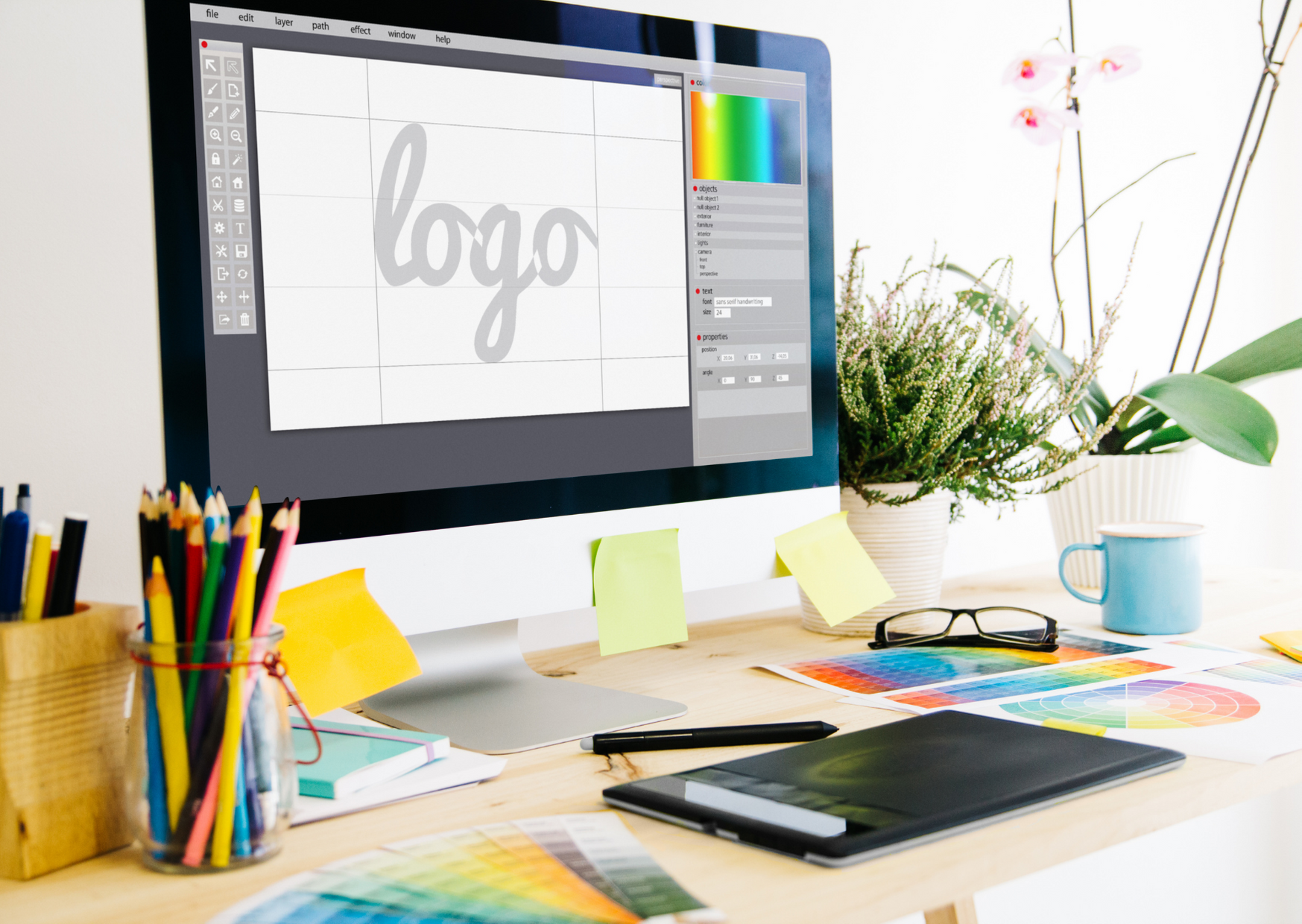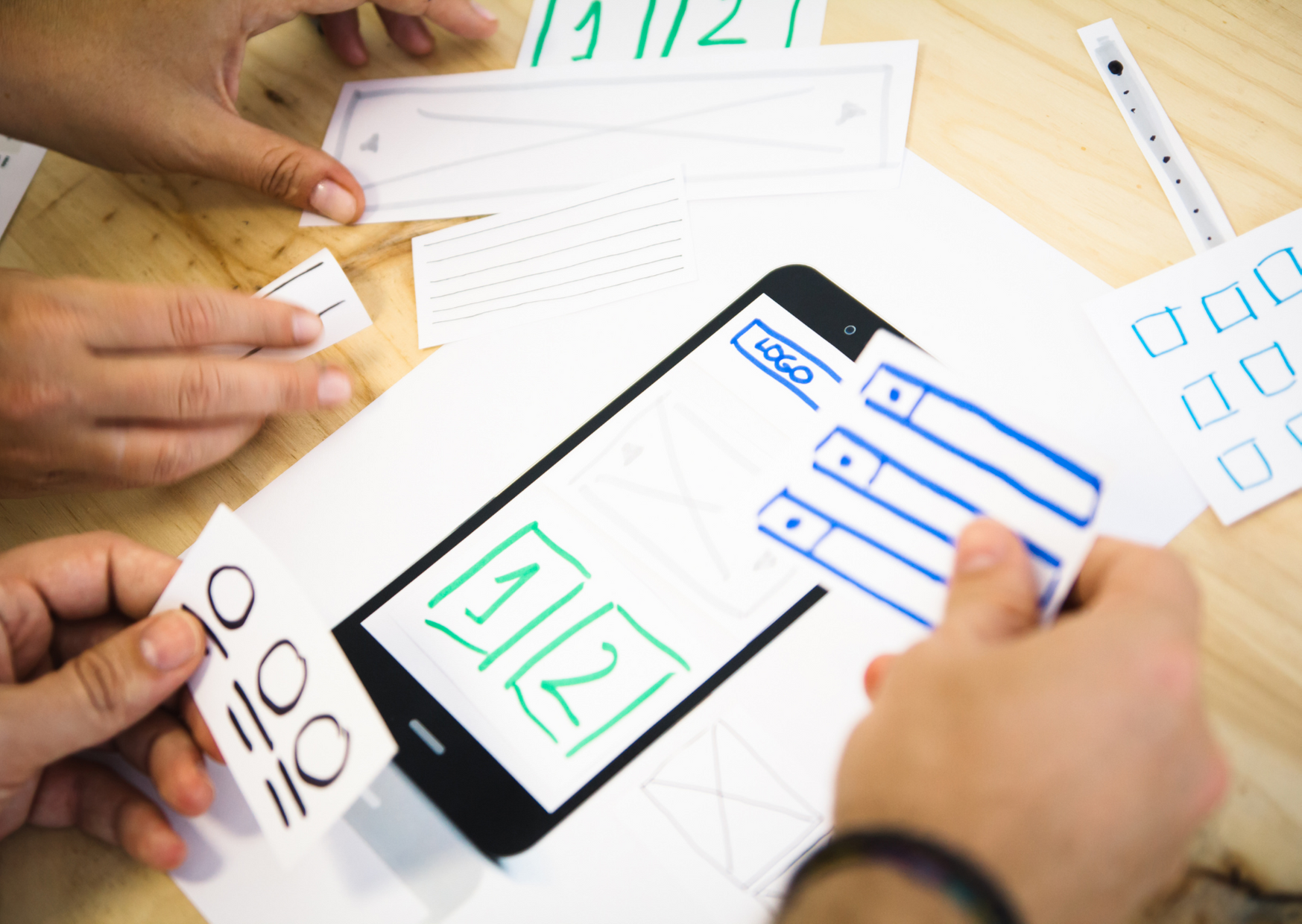
The Importance of Graphic Design — The Crucial Link in Your Marketing Strategy
Last update: 12 May 2023 at 11:38 am
Graphic design can be considered a form of modern art and can breathe fresh life into your digital marketing campaigns. The importance of graphic design doesn’t stop after adding an element of beauty to your advertising.
It’s an essential part of creating brand awareness and helping potential clients make buying decisions. The way you present your company speaks volumes to your clientele. The better your design is, the better your image will be.
Businesses often glance over their design after finalising their logo. Regardless of the reasoning, your company logo must be easy to recognise, and the business must have consistent communication.
Suppose you’re part of the decision-makers in your industry. In that case, you should learn more about graphic designand the importance it holds in your digital marketing campaigns to focus your marketing efforts correctly.
What is Graphic Design?
Many companies think graphic design is incorporating pictures into your advertising. While visual marketing is a part of graphic design, it doesn’t tell the whole story.
Graphic design is a method of communicating with your target audience. It’s an integral part of your digital marketing, with a graphic designer using strategies to get customers to share their images.
Graphic designers use a human-centric approach to create an experience for anyone using the site. While a designer will immediately focus on the design’s visual appeal, their main focus will be usability. Each design decision must have a purpose.
9 Reasons that Show the Importance of Graphic Design
The human brain processes images in a very unique way. Recent studies have found that we process images up to 60,000 times faster than we do with text. Additionally, 90% of the information transmitted to the human brain is images. With this information, you can no longer ignore the importance of graphic design. Combining images with a solid call to action has been shown to increase conversion and sales.
Design Elements in Digital Marketing
When you look at graphic design, it incorporates typography, fonts, placement, symbols, and colours to communicate your brand image to your clients. This is the only way to successfully create brand awareness, as the graphic designers study the psychology of your target audience and incorporate themes, concepts, and principles that will appeal to your audience. The designer will choose every shape, colour, and line to elicit specific emotions from the audience, leading to them following your call to action.
Building a Brand Identity
Part of the graphic designer’s decision-making process includes building a unique identity for the company. This is a distinguished style, tone, and message that should set you apart from your competition.
This differentiated style allows clients to identify your logo immediately when they see your advertising. According to research, images are easier to recall and identify.
Gives the Business Personality
The designs give your company a personality that should be in line with the culture. When a potential client sees the brand, they can immediately identify the culture that your business has and who it targets.
Communicates your Brand Perspective
Once you’ve established your image, your target market can read underlying messages through visual designs. Your brand perspective will build trust among your target market. Remember that building your company brand has less to do with sales and more with building longevity and recognisability. All design decisions must have this goal in mind and you should ensure that the graphic designer understands the message.
Your logo perspective can also incorporate the philosophy and history of the company. By using specific elements, you can tell the company’s story through imaging.
Design Speaks Without Language
Your digital campaign will reach people around the world. Design breaks down the language barrier could be a problem on the internet. Visual elements can be a decisive element in your message. It can speak to the audience about what the company has to offer without using words.
Professionalism
The company creates an impression of being more professional and trustworthy if the design is done well. Once you’ve established brand recognition with your target market, they are more likely to trust your offering and believe in your credibility. Simply put, you look good if your design looks good.
More than 90% of customers have stated that they base buying decisions on a company’s website. They also establish the decision on whether or not the company is trustworthy on its site.
Increased Sales
Ultimately, increased sales and profits are the business aim. A graphic designer can create appeal on your website and other digital marketing aspects. Studies show that good design can increase your return by almost 25%.
Easy to Digest
In a world where people are bombarded with advertising, good visuals become easy for customers to consume. If your design stands out above your competition, it’s much easier for your target market to not only recognise the brand but digest the message you’re sending.
Boosts Traffic to Your Website
Search engines consider the authority of a site in their search listings. The site’s design can help with the authority rating.
What Should Your Design Include?
If you want to invest in your digital marketing campaign, you should get a professional graphic design team on your project. They’ll be able to use the seven design elements to create visual elements that will appeal to your customers’ emotions. Your design should reflect your business personality and be consistent.
An essential element of modern design for your company website is mobile optimisation. If your site isn’t optimised for mobile browsing, you’ll lose more than 60% of your possible customers. Most people browse the internet  on mobile devices.
on mobile devices.
If you’re running a digital marketing campaign on any platform, mobile use is a crucial part of the success. Your graphic designer should ensure that all the graphics they use will display equally well on mobile and desktop devices.
When Do You Use Graphic Design?
You might be inclined to think that graphic design is isolated to your online or digital marketing. Graphic design starts with your logo, which is an element of your online presence. It also includes traditional mediums like your business cards. If your company has a blog, graphic design should be part of your blog post or podcast.
Everything that the public sees involving your business should have the same look and feel. Theremust be an apparent connection between the marketing materials they see and what the business stands for.
Graphic design starts with your logo design and should continue straight through to your packaging design. Anything that the public views, should be done through graphic design services.
The Benefits of Using a Graphic Design Company
There are various benefits to using a company to do your graphic design for your business. A team of experts can set the foundation for your branding strategy and focus the audience’s attention on elements in the logo design they will immediately connect to the business.
Professional designers have studied the effect of specific design aspects on psychology and stay updated with market and design trends. A marketing professional will approach the design entirely differently from someone who hasn’t studied design.
Another reason to use a professional is the user experience they can bring to your website development. A user-friendly site creates an impression of professionalism and trust. This includes easy navigation on the site.
Graphic designers work with creative elements every day and come up with ideas that will exponentially benefit your business. They have the skill to bring these ideas to life to reflect the business environment accurately.
There are several types of designers in the graphics industry. Your company should ensure that they use the services of one that will suit your needs.
Final Thoughts
The trust your clientele holds in your business depends on the quality of design you put into the market. From having a solid logo to having a user-friendly site, you need to have a professional graphic designer on your marketing team to achieve it.
The way businesses use designs says something about the culture, history, and quality of the enterprise. Consumers will base their decisions on the designs of your website and all other marketing material. It’s imperative that the communication is consistent and recognisable.
Choose a marketing agency with professional graphic designers that can assist you in creating a successful image for your business.





